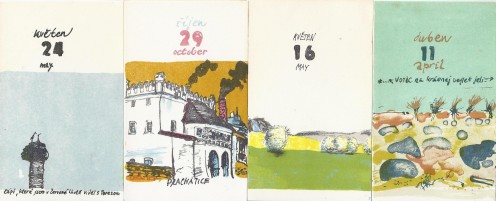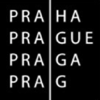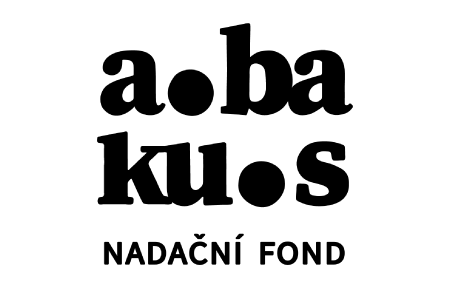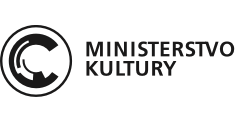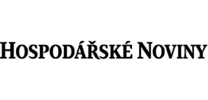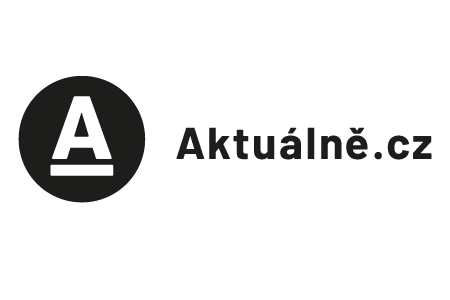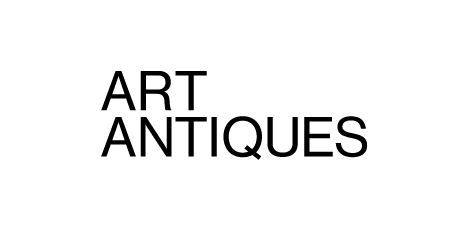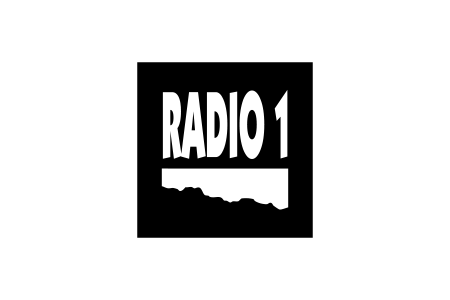Milan Kohout: Pointing Out the World’s Beauty
2 – 29 Jun 2014
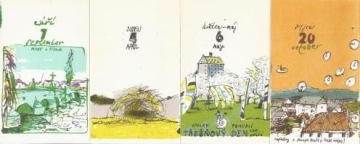
The exhibition takes place at Art Archive at DOX as part of the project Shelf.
One need not feel one’s own homeland, the essential landscape of home, where one was born or grew up; in this post-modern age, this is less the exception and more the rule. If such a landscape is then discovered during a life (as it is certainly located somewhere), it is a fortunate one. If it is a creative life, that landscape certainly makes an impression on the work, and if the work is artistic, the landscape can permeate it in an abstract, but above all an entirely recognizable manner.
Thus for example did Milan Kohout, during en plein air painting at the Academy of Fine Arts and upon graduation (1972), arrive in Holušice in the Strakonice district, where he gradually settled. In the local landscape, he found his home, and the landscape doubtlessly found its artist.
The pages of his Completely New and Eternal Czech Calendar (1985), (and hereinafter simply the Calendar), take us to the border between Central and South Bohemia, to Šumava, to places that Milan Kohout crisscrossed by car and mainly by foot during the late 1970s and early 1980s, when the Calendar was created. Back then, he created vedute and other graphic works, mainly of South Bohemian towns – images that are mirrored in the calendar in a deft shorthand, but open landscapes have even a greater presence. The Calendar consists of 400 small prints (13 x 7 cm), one or more for each day of the year, on which he worked for several years, and that as a whole form an “eternal calendar”.
The Calendar’s leitmotif is return: a return in the construct of “eternity” and a return in alternating and repeating colour combinations of individual pages (each lithographic plate featured a free association of images for various months; each plate was necessarily printed in one colour set, and the images were then interspersed throughout the year). But what mainly returns in the Calendar are places. Milan Kohout repeatedly returned to places, to landscapes, that need not even have names, that are simply on the way from somewhere to somewhere else, outside the studio window, are seen repeatedly, with love, and mirror the most the symbiosis of the seen and the seer. In these returns, the evolution of the artist’s expression is also apparent, his gradual disengagement and release.
And finally, not only places return, but also people, especially children. The Calendar was created during a time when the artist’s daughters were growing up, and the adult who accompanies children into the world, shows it to them for the first time, names it for them, and points it out to them, also returns to the bright atmosphere of its initial discovery. This intensive experience is most evident from the prints themselves, but often also shoots out in words: “... June (a beautiful month!) – isn’t the smell of drying hay beautiful? – still such a beautiful warm autumn this year! – here it is again, that beautiful time...”
The beauty of the world simply cannot be ignored.
Curator: Lucie Rohanová

